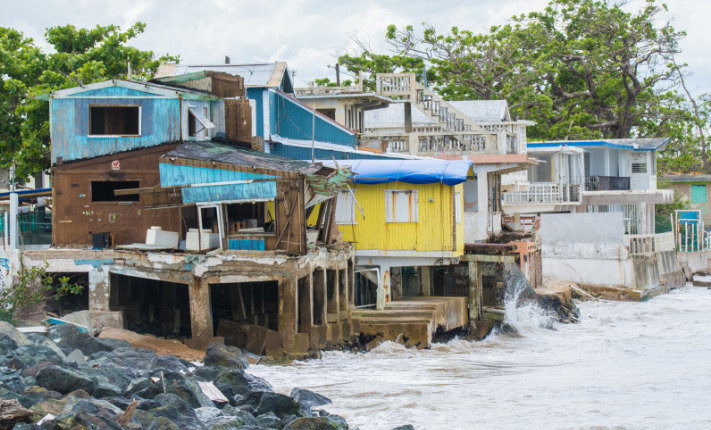Posted by Michele Redmon ● June, 2020
How Hurricanes Get Their Names
Igor, Otto, Dolly, and Fifi are just a few memorable hurricane names. While they may seem arbitrary, the World Meteorological Organization is responsible for carefully selecting names for all major storms around the world. The WMO keeps six lists of 21 male and female names that are rotated and recycled every six years. There are separate lists in place for storms forming in the North Atlantic Ocean, Pacific Ocean, and Indian Ocean. Because the names are recycled, it’s possible to have two storms with the same name in just one decade. When a storm causes signifigant damage or loss of life, the WMO may deem it inappropriate to be used again, in which case it is retired, as was the case with names Harvey and Katrina.
The selected names are intentionally concise, with only a very small number with more than two or three syllables. No Q, U, X, Y or Z names are used to label storms anymore, though in 1958 the names Udele, Virgy, Xrae, Yurith, and Zorna somehow made the the cut. According to NOAA, “Experience shows that the use of short, distinctive names in written as well as spoken communications is quicker and less subject to error than the older, more cumbersome latitude-longitude identification methods".

Naming history
For many decades before 1950, hurricanes were named for the Catholic Saint’s Day on which they occurred, like hurricane Santa Ana, which hit Puerto Rico in July 26, 1825, July 26 being Saint Anne's Day. The system of officially naming storms began in 1950, using the joint British–U.S. World War II spelling alphabet (Able, Baker, Charlie). In 1953 the U.S. started giving hurricanes female names only. There was no definitive reason why, but the tradition of referring to the ocean as a woman may have played a part in the decision. The storm names that year included: Alice, Barbara, Carol, Dolly, Edna, Florence, Gilda, Hazel, Irene, Jill, Katherine, Lucy, Mabel, Norma, Orpha, Patsy, Queen, Rachel, Susie, Tina, Una, Vicky, and Wallis. It wasn’t until 1979 that hurricanes began receiving both male and female names. Hurricane names alternate between male and female, so there will never be two storms of the same gender back to back.
Interestingly, in 2014 researchers from the National Academy of Science found a correlation between storms with female names and a higher death rate, noting that hurricanes with male names statistically had fewer fatalities. This finding seemed to suggest that people don’t take feminine storms as seriously. They recommended a new naming system that wouldn’t cause human response to be influenced by the mental bias associated with those categories.
Names for 2024 HURRICANES
The 2024 hurricane season has already proven to be intense, with Hurricane Beryl making landfall in late September along Florida's Big Bend, bringing dangerous Category 4 winds and significant flooding. Earlier in the year, Tropical Storm Alberto impacted the Gulf Coast, causing heavy rainfall and localized flooding in several coastal areas. These storms serve as a stark reminder of the increasing threat posed by extreme weather this season.
The names for Atlantic hurricanes in 2024 include: Alberto, Beryl, Chris, Debby, Ernesto, Francine, Gordon, Helene, Isaac, Joyce, Kirk, Leslie, Milton, Nadine, Oscar, Patty, Rafael, Sara, Tony, Valerie, William.
The names for Eastern North Pacific hurricanes in 2024 include: Aletta, Bud, Carlotta, Daniel, Emilia, Fabio, Gilma, Hector, Ileana, John, Kristy, Lane, Miriam, Norman, Olivia, Paul, Rosa, Sergio, Tara, Vicente, Willa, Xavier, Yolanda, Zeke.
Name lists are recycled every six years, and you can see names for the next five years at the National Hurricane Center's website.
Back to: Articles, Extreme Weather

